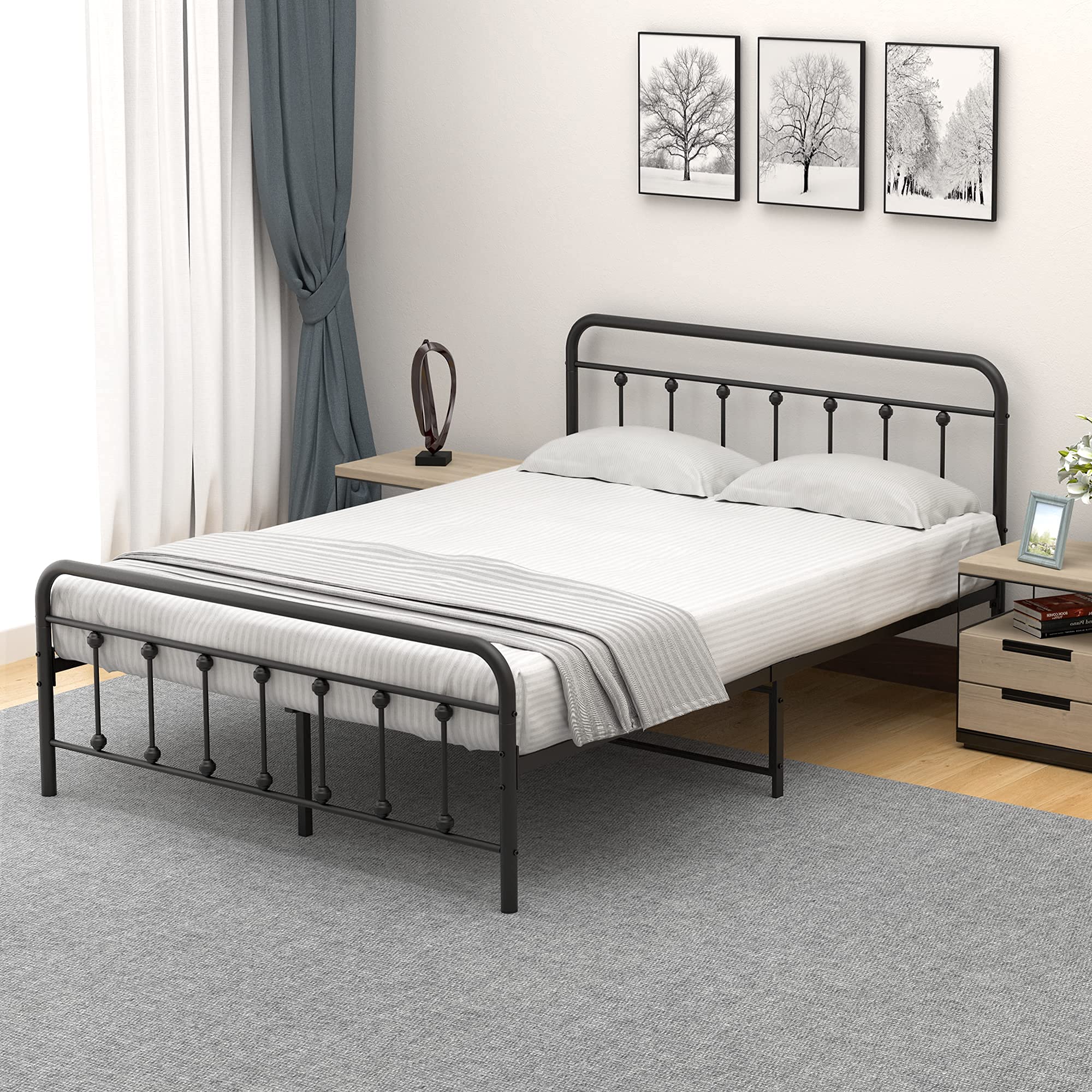What Is a Bedtime Routine?
A bedtime routine is a set of activities you perform in the same order, every night, in the 30 to 60 minutes before you go to bed. Bedtime routines can vary, but often include calming activities like taking a warm bath, reading, journaling, or meditation.

Bedtime routines help your brain separate the day from the night, clear your mind and body of the day’s stresses, and relax into sleep.
Bedtime Routines for Adults
Ready to dream up your ideal bedtime routine? Try these six ideas.
1. Decide on a Set Bedtime.
As part of your natural sleep-wake cycle, your brain starts winding down for sleep a few hours before bedtime. You can use your bedtime routine to make that process more effective. First, decide on your bed- and wake-up times, and stick to them every day.

Next, schedule a time to begin your bedtime routine every night, anywhere between 30 minutes to 2 hours before bed. Set an alarm if you need to.
2. Leave the Electronics Alone.
Electronic devices, including computers, televisions, smartphones, and tablets, all emit strong blue light. When you use these devices, that blue light floods your brain, tricking it into thinking it’s daytime.

Don’t play tricks on your brain. Say goodnight to your electronics at the beginning of your bedtime routine. If you can, avoid using electronics in the evening as much as possible. Be sure to turn on your phone’s red-light filter well before your bedtime routine even begins, so if you accidentally look at it, it won’t be as disruptive.
3. Take a Warm Bath.
Scientists have found that mimicking that nighttime drop in body temperature via a warm bath can trigger a similarly sleepy reaction. Consider taking a warm bath about an hour before you go to sleep. Your body will heat up from the water, and cool down quickly as the water evaporates, creating a sensation that makes you feel tired and relaxed.
4. Listen to Music.
62 percent of people listen to music to help them sleep. The genre isn’t important, so long as the music relaxes you. Close your eyes, listen to the music, and let it distract you from your worries and calm you down.

Other types of audio can be good for sleep too, like ambient sounds and white or pink noise. Pink noise, like rain or waves, has been shown to improve sleep quality, while white noise may help you fall asleep faster by masking other sounds.
5. Practice Meditation.
Like yoga, a regular meditation practice can improve your sleep quality. Mindfulness meditation teaches people to allow their thoughts and manage emotions, enabling sleep onset, rather than stressing about not falling asleep.

You can practice mindfulness meditation by simply closing your eyes and allowing yourself to focus on your thoughts and feelings. Observe your thoughts, but don’t judge them. Deep breathing and visualization are other forms of meditation. You can find many guided meditation exercises for free on smartphone apps or YouTube.
6. Prep Your Bedroom.
Dedicate part of your bedtime routine to transforming your bedroom into a sleep oasis. Make a ritual out of making things as cool, dark, and quiet as possible.
Set the thermostat to somewhere between 60 to 71 Fahrenheit. Turn off any noisy electronics. Dim the lights and pull down your blackout curtains. Put things away and remove clutter. Enjoy your favorite scent with an aromatherapy diffuser.
Now, for the final piece of your bedtime routine: getting into bed. Make this the very last thing you do, and once your head hits the pillow, don’t do anything else other than try to fall asleep. You want your brain to see your bed as a place of slumber, and that’s all.

If you want a bed frame that will hold up for a long time, you won't find a more durable option than a model made of solid metal.
Bed frames range widely in price depending on the material, size, and style. Simple metal frames will be the cheapest option, starting at around $100. Wooden, upholstered, and adjustable frames range higher in price, from around $300 to over $1,000. If you are interested, pls visit Gaomon.com.












